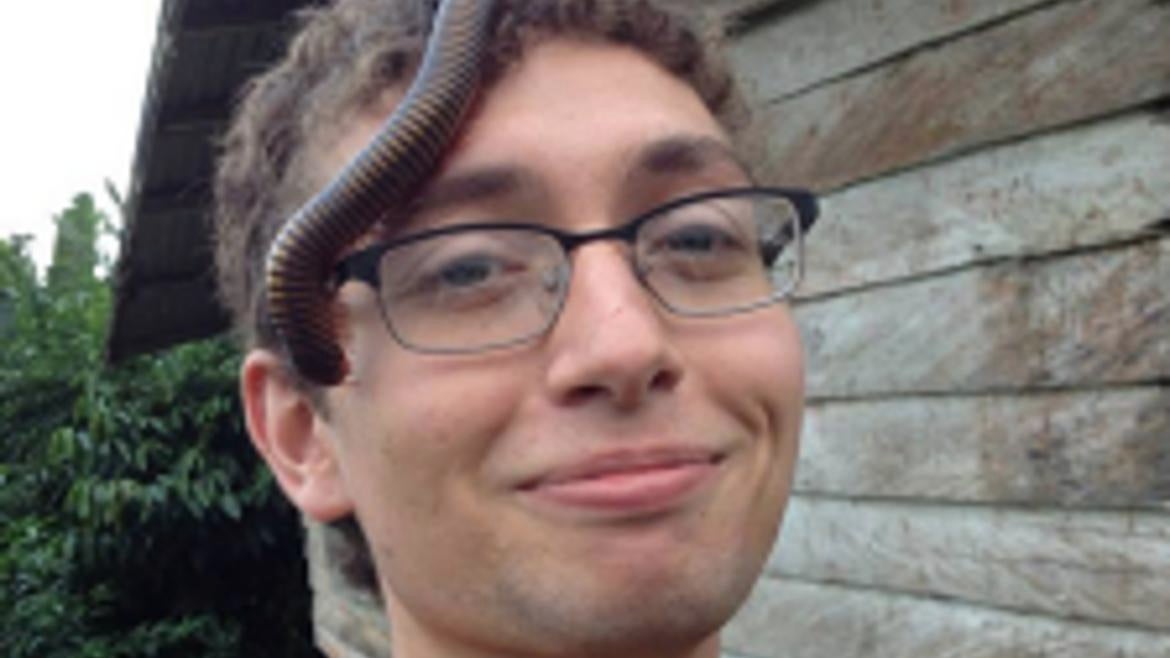
Title: Escape from the rabbit hole: Exploring the spectrum of symbiont independence in
Heteroptera (Miroidea, Triatominae, Largidae)
Abstract: Symbiosis is a major evolutionary phenomenon that has driven the diversification of an enormous variety of organisms and enabled remarkable adaptations. Yet, some symbioses can develop into a debilitating dependence, shackling hosts with increasingly less functional symbiotic partners following genetic drift of small clonal populations of symbionts. The order Hemiptera contains a huge diversity of different symbiotic syndromes, most of which allow sap-feeding lineages to supplement their diet with amino acids generated by sequestered microbial symbionts with extremely-reduced genomes. Dependence on such symbionts may lead hosts to compensate for maladaptive mutations with costly metabolic investment and eventually steer hosts into narrow ecological niches with high risk for extinction. The ancestor of the suborder Heteroptera broke free of this addiction when transitioning to a nutrient-rich predatory habit only to eventually diversify into lineages again associated with nutritionally-limited or refractory diets. We investigate the occurrence and pattern of symbiotic associations in three such groups of Heteroptera: Miroidea, Triatominae and Largidae. Each group has evaded the evolutionary rabbit hole of symbiotic dependence that characterizes many other Hemiptera but through differing mechanisms. In Miroidea, herbivory is not primarily dependent on bacterial symbionts and may be facilitated by a specialized feeding strategy, or perhaps, by horizontal gene transfer from microbes. Triatominae are associated with a puzzling and unique array of putatively symbiotic partners all of which may provision the B vitamins lacking in blood but none of which appear to be faithfully passed on from parent to offspring. In Largidae, new generations reacquire the same strains of plant-associated bacteria from the environment every generation, bypassing any generational bottleneck involved in vertical transfer. Such strategies avoid negative consequences of strict vertical obligate symbioses but also require adaptations yet to be fully characterized. While environmental acquisition of symbionts has persisted amongst groups of Heteroptera for tens of millions of years,